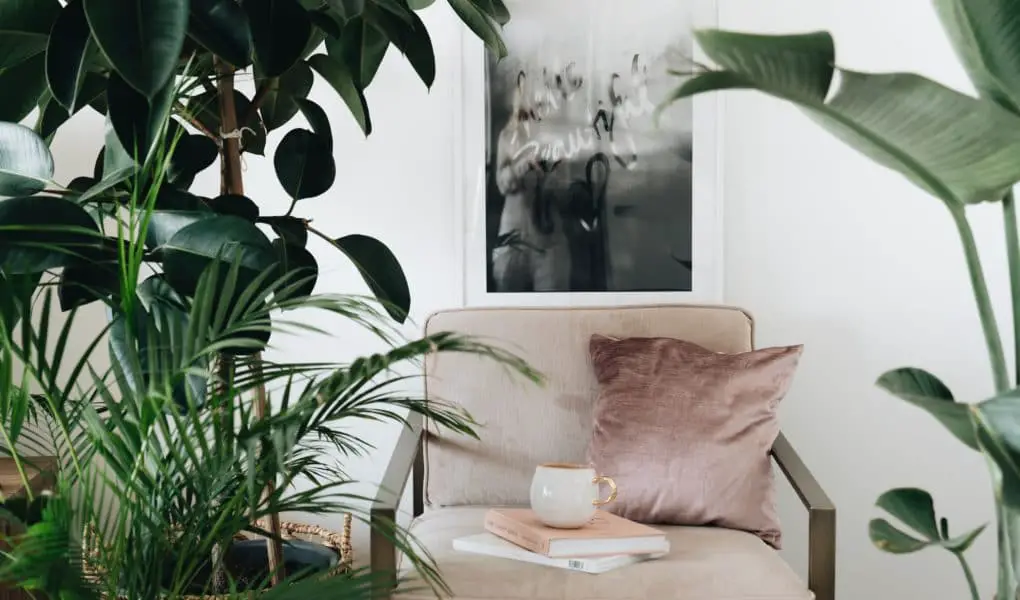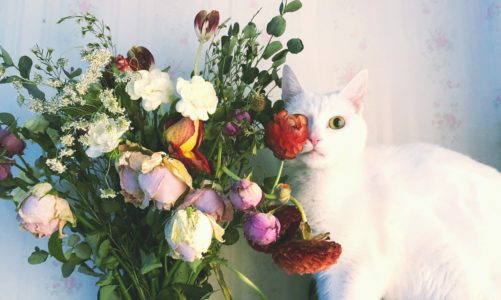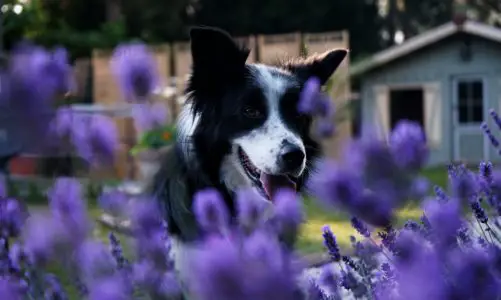So you took the leap and bought that houseplant you always wanted. In fact, that interior decorating shot you saw on a social media post, ‘inspired’ you to get a few. And why not? Plants make us happy! They increase the indoor oxygen and filter air too. You also made sure to buy only houseplants that are safe for babies and pets, since you share the house with others. This is good news and all very exciting. A life with plants can be a very rewarding one. As with many things in life we discover and learn new things on the way. This of course is true about houseplants too. Be prepared for some challenges along the way. These may come in the form of little creatures. A bug infestation may quite literally kill your houseplants. So which bugs eat houseplants, you might wonder?
5 Common bugs that eat houseplants
So your plant is not looking too great and you are certain the cause has nothing to do with the pH of the soil. It seems mysterious since you have done almost everything else to establish a happy climate and environment for your houseplants. If you’ve ruled out other common causes, then consider the presence of bugs. Although some houseplants do not attract bugs, many do. Consider the environment that you create for your houseplants. Standing water, wet leaves, high humidity, and insufficient airflow may attract and encourage bugs that eat houseplants.
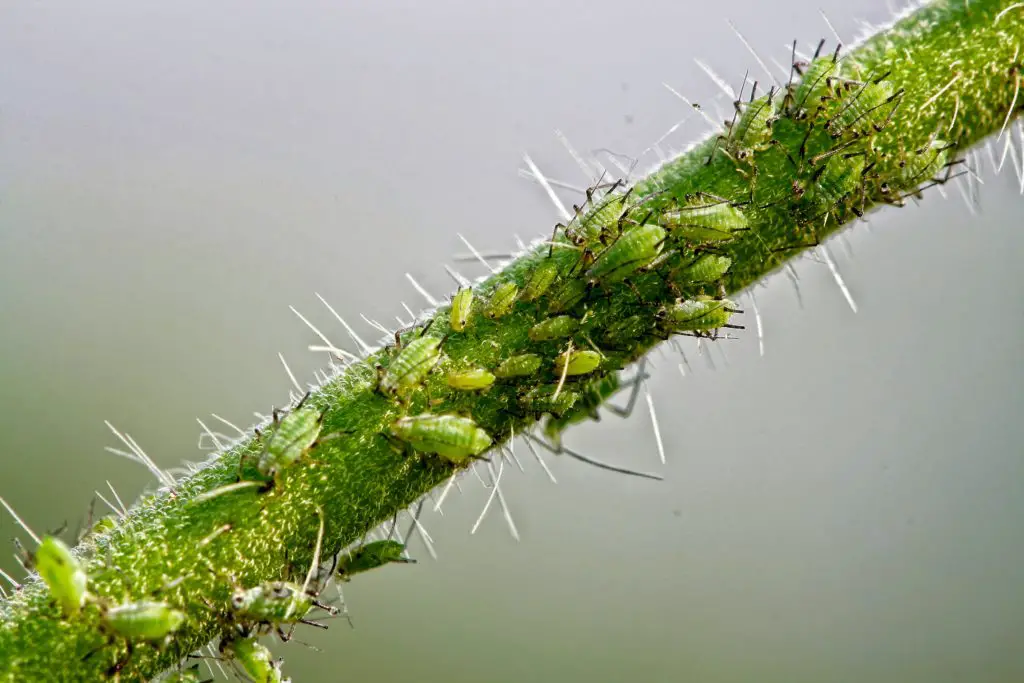
Aphids 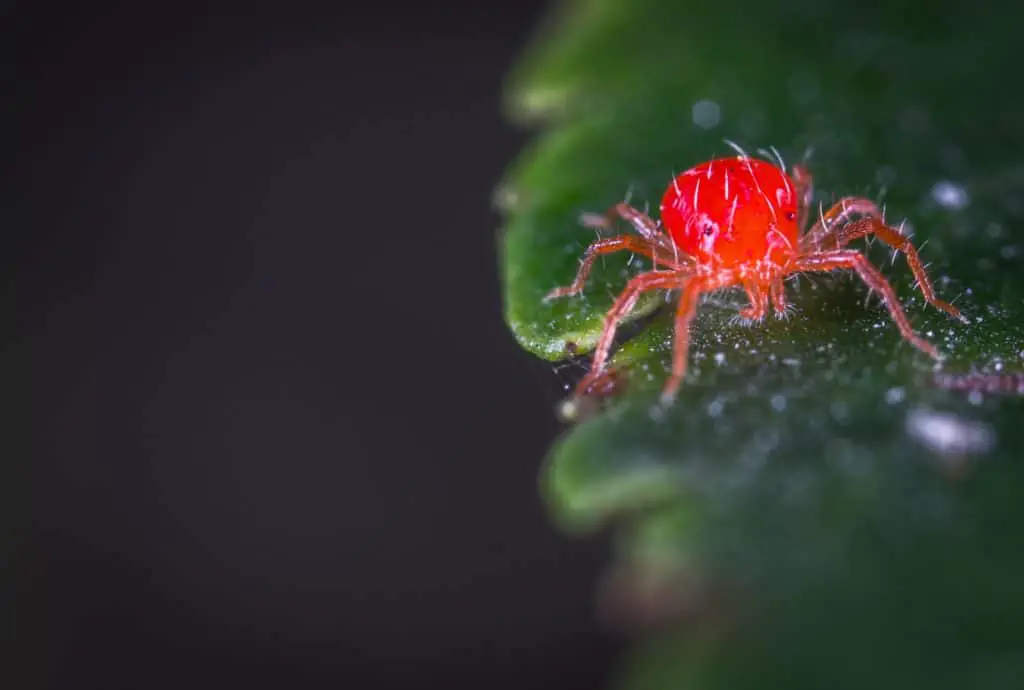
Spider mite 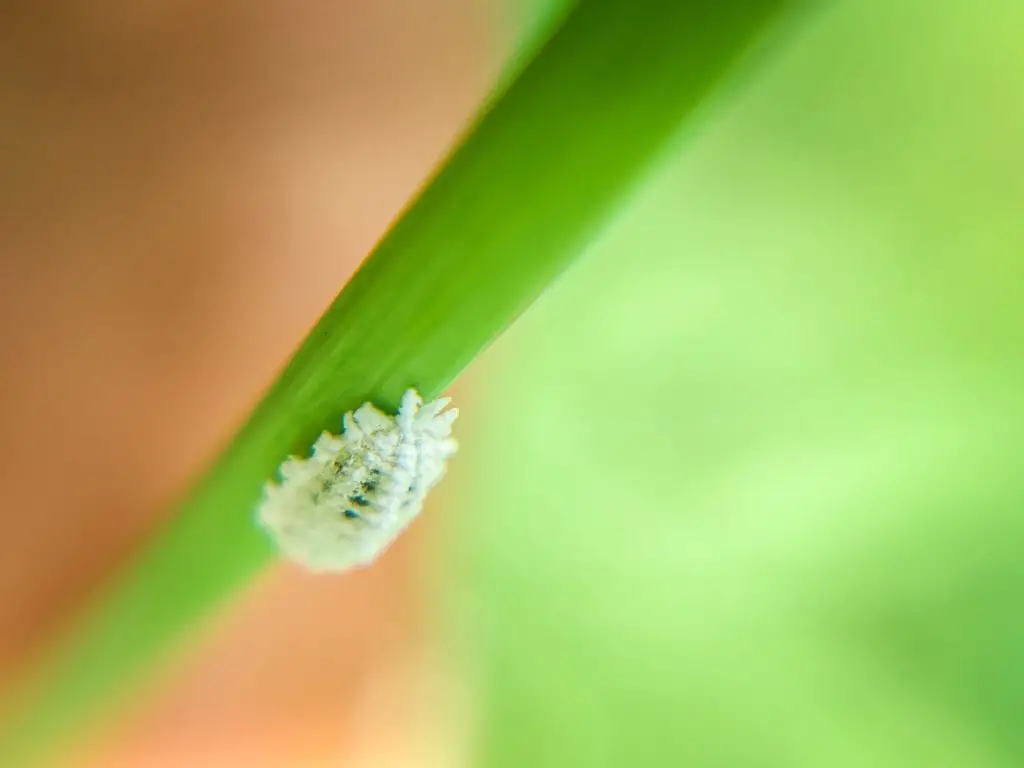
Mealybug
Aphids
Aphids are tiny green bugs that usually sit in their multitude underneath leaves, sucking the sap of the plant. You can also find them along stems. They go for those areas of the plant that are usually new and soft. Aphids can be white and black in color too. Look out for the honeydew deposits they leave behind on the plant. You may also see their husks litter the soil. Prolonged infestation may eventually lead to viruses and other diseases.
Fungus Gnats
These little flying insects are a mere 2mm in size. They are more of a nuisance than a threat to the plant. You can usually spot them at the base of the plant, either running across the soil or buzzing close to the stem base. It is not easy to see their larvae, which can be found just underneath the soil.
Mealybugs
Mealybugs like the sap of the plant. If not taken care of, the infested plant may dehydrate. You will usually see the plant start to droop or the leaves starting to fall off. Mealybugs look like tiny white little furry creatures. They clump together underneath the leaves and also along the joints of a plant.
Scale insects
Usually well camouflaged, scale insects are not easy to spot or to get rid of. With their brown outer shell, they look like natural plant blemishes. There will usually be sticky honeydew underneath the leaves or stems of the plant.
Spider Mites
This is a pest you do not want. They are hard to get rid of once you have an infestation. They are related to arachnids. Instead of catching other insects or flies in their web, they feed on the sap within the leaves of the plant instead. Most commonly, the leaves will appear brown and mottled. Look out for webbing spun around the plant.
What to do about bugs that eat houseplants
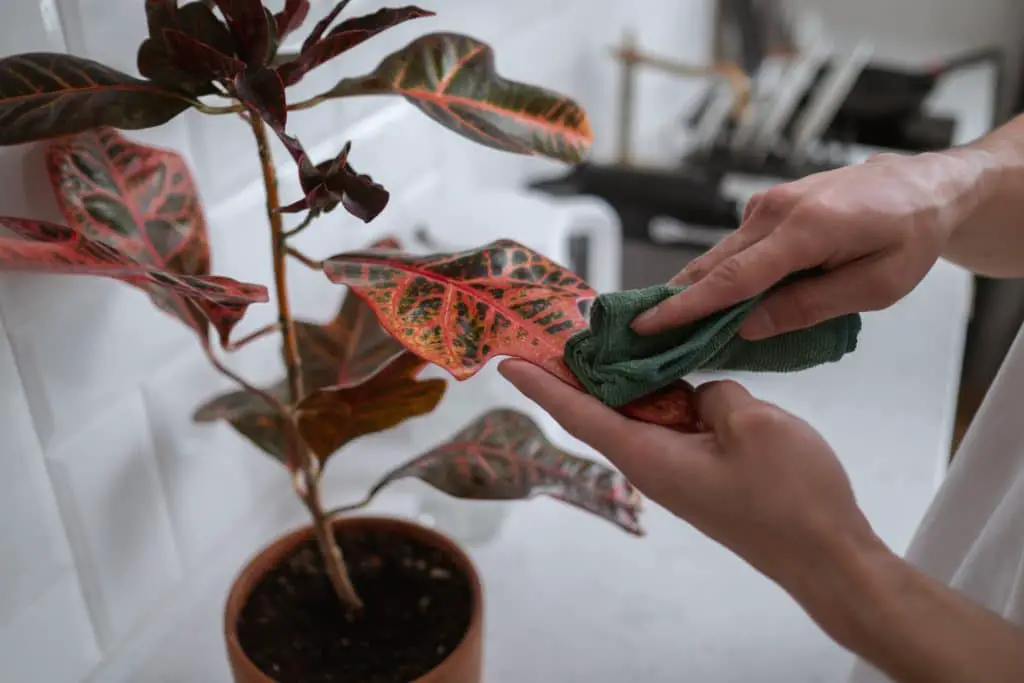
There are a couple of ways to tackle bug problems. Here are some suggestions:
- Apply neem oil and/or rubbing alcohol on the leaves.
- Dusting neem powder on spider mite-infested plants, help control bugs.
- Cutting or trimming away the parts where the mites are, may also prove successful.
- Some people treat certain bug infestations with a once-off vinegar bath. Alternatively, invite ladybugs indoors to do what ladybugs do best.
For those who couldn’t care less, simply getting houseplants that are not very tasty to bugs may prove an easy solution. You can also keep these as companion plants for other houseplants often targeted by bugs. Marigold is a good example. They contain a chemical called Pyrethrum, used in many bug repellents today. Grow this plant next to your tomatoes or containers near windows to keep bugs away. Other plants that repel bugs include medicinal herbs like mint and lavender, Jade plants, Snake plants, Catnip, Dracaena, and Bromeliads to name a few.
Last thoughts on houseplants that do not attract bugs
It can be devastating when a bug infestation kills the houseplant that you misted every other day and grown rather fond of over time. Just like most things in life, time, and effort is required for houseplants to thrive. Dealing with some sort of bug infestation is not only experienced by newbies. So don’t feel bad. Get in touch with other like-minded indoor plant enthusiasts to exchange tips on how to deal with bugs that eat houseplants.
If you like this article, you might enjoy these too:
15 Houseplants that repel fleas naturally.
Which houseplants need misting?
40 Popular houseplants that like acidic soil.
10 Most oxygenating houseplants that are natural air-filters too.
Growing your own vitamin C with an indoor citrus tree.
Image credit:
Cottonbro via Pexels
Alleksana via Pexels
